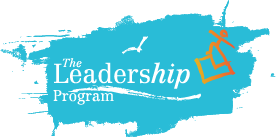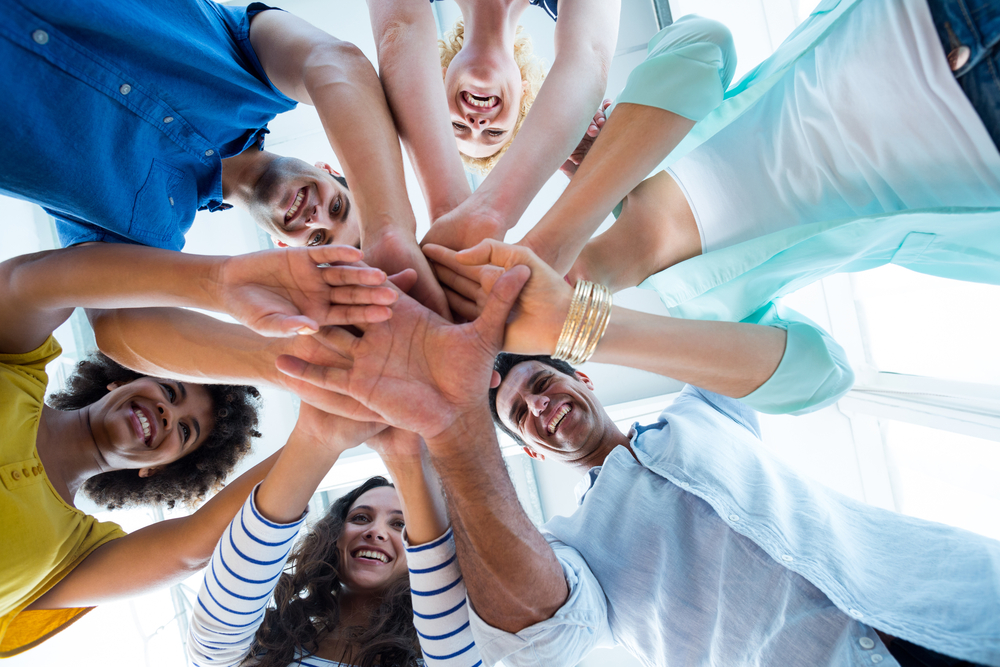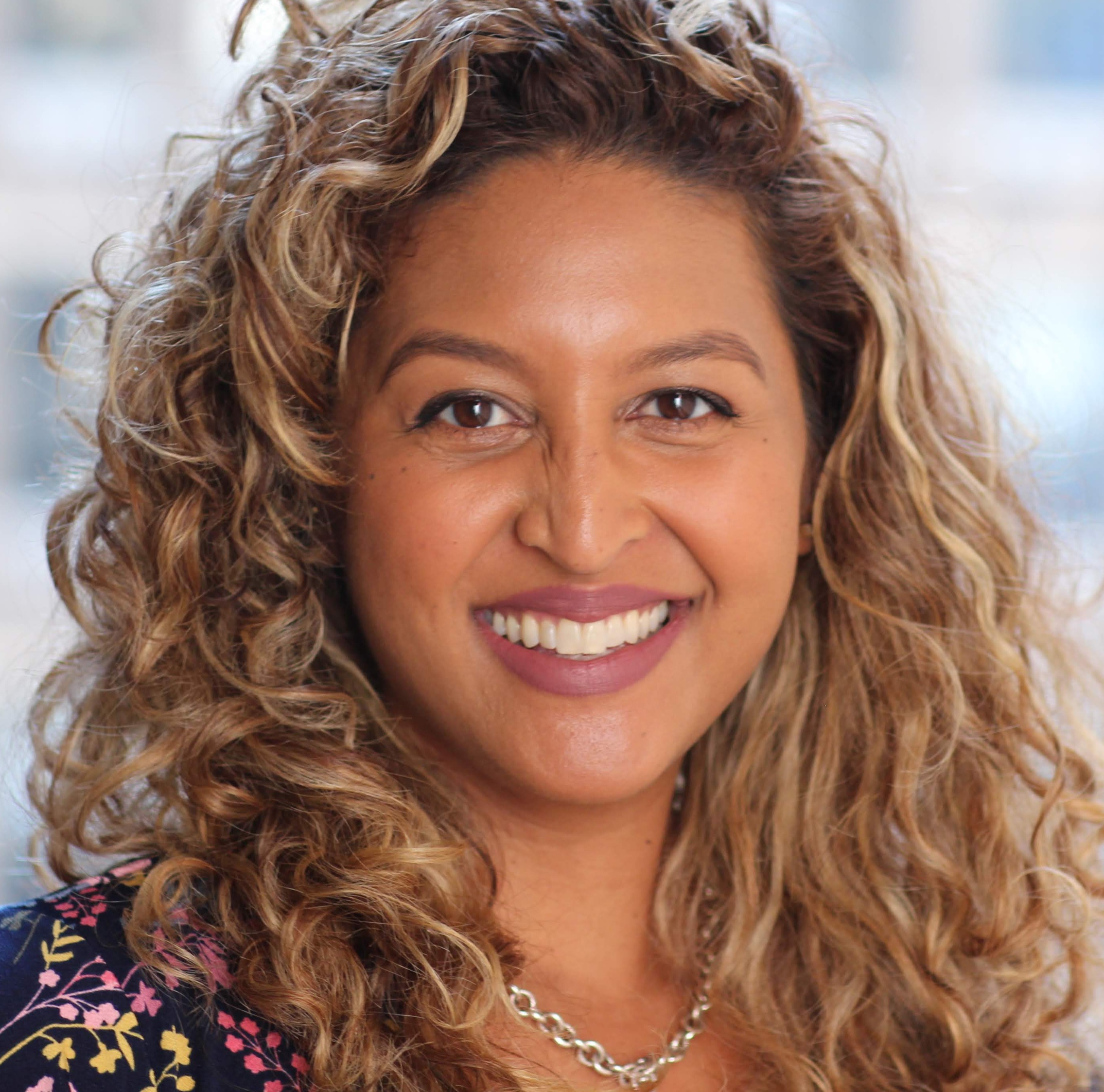Imagine that you’re in a place with people you don’t know that well. Those people also don’t really know each other either. Now, it’s your mission to encourage everyone to, well, get to know one another. I’m talking about a new situation where you have a leadership role and the responsibility to create a lasting and positive impact in a community. Oh yes, I’m talking about in classrooms, advisories, teachers’ lounges, administration teams, grade teams, department teams, PTA meetings, support staff meetings, cafeterias, and anywhere else you can name. How do we do this? How do we build community by leading discussions and activities through circles and restorative practices? This will be our continued discussion. Right now, let’s talk about opportunities for people to build relationships. The kind of relationships that encompass respect, trust, shared goals, shared values, humor, creativity, and a commitment to building community.
It’s important to get back to the basics before we get into how to lead discussions and activities through restorative circles and practices. What happens when you really want to meet someone and get know that person? How does meeting this person for the first time go? When I meet someone for the first time, I look at him/her in the eyes, I extend my hand for a firm and friendly handshake, smile (because I’m thrilled, honestly, to meet this person), share my name, hear his/her name in return, and then ask the person, “How are you doing?” and then I listen. I want to share a comfortable space with this person and be available to encounter him/her again for another sincere and personable exchange. Most likely, there will be a time when I will collaborate, need, or want to engage with this person again. It’s a community and we’re going to run into each other again. Our initial meetings with students and fellow staff members need to start differently.
Imagine this school scene. It’s the first weeks of school, a student, who doesn’t know you and you don’t know her, is roaming the hallway and you tell this student to “get to class.” You share this simple request because that’s where she needs to be and you’re being the responsible leader, encouraging her to go and learn. It’s easy enough for her to do, however in return you get eyes rolling, she sucks her teeth, and mutters something under her breath that you can’t quite make out. Did you expect the scenario to play out differently? Yes? Sure, she could have listened to you because you are a leader in the school and you have the best intentions for her growth and education. But there is a relationship gap. Here, in the hallway is the opportunity for you and this student to start to build a relationship.
Let’s flip it for a second. How would you feel if someone asked you to do something that you weren’t up to doing at the moment, and this person didn’t even know you? This person didn’t know what you’ve been through that week or that day and is now asking something of you that you’re not ready to receive. How would you react as an adult? If our students find themselves in similar situations on a daily basis, then how do you think they would feel in our community over time?
The first day of school and every day after that provide the perfect opportunity to stand at your door, in the hallways, and meet and greet everyone. When I mean everyone, I mean everyone! I propose this because we will never know what student or colleague will build a connection with us. These short and sincere encounters with people in our communities are what begin to build the strong fibers of an interconnected environment. Ask: What is your name? What is your favorite thing about school? What do you want to be when you grow up? What are your interests? How has his day been so far? Relationships, like trust, build slowly over time. As leaders in the community we must provide the time and space to nurture all kinds of relationship building, whenever possible. What would our schools be like if we knew everyone? Building relationships with everybody helps all of us build a “database of support”. The “database” allows us to know who connects with whom and who can support whom in a time of need. What new person can we get to know today?
What are your best practices in relationship building? Where do you struggle? Share both with us below in the comments sections—we’ll celebrate along with you and troubleshoot wherever necessary.
"Community Building Circles: Creating Relationships with Everybody", The Leadership Program, Inc. 2016



Comments [0]
Click here to read/write comments